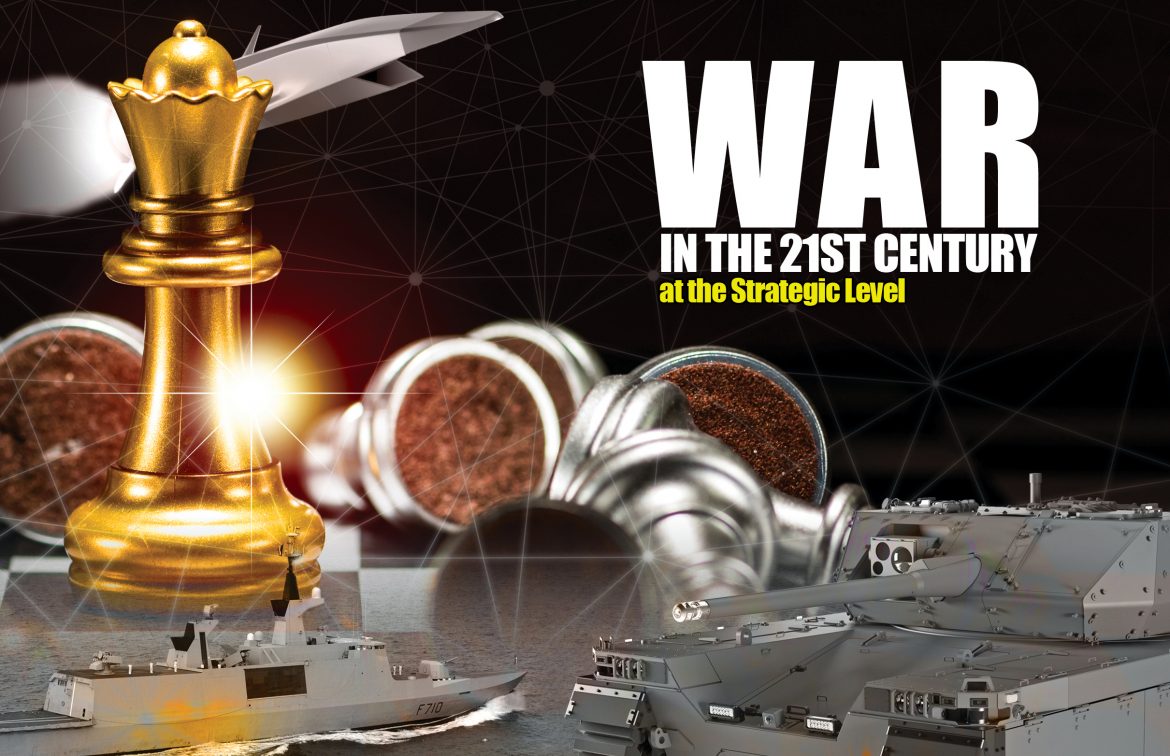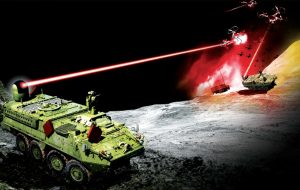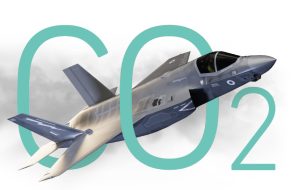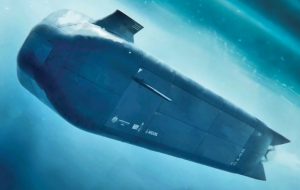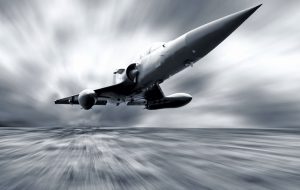The 21st century is witnessing a technological revolution that will affect future wars at the strategic level, as 20% of military spending has been allocated to military scientific innovations and modern armies are seeing revolutionary developments in various fields, as the successive amazing developments in technology highlight new generations of weapons and an increase in the capacity and effectiveness of existing ones.
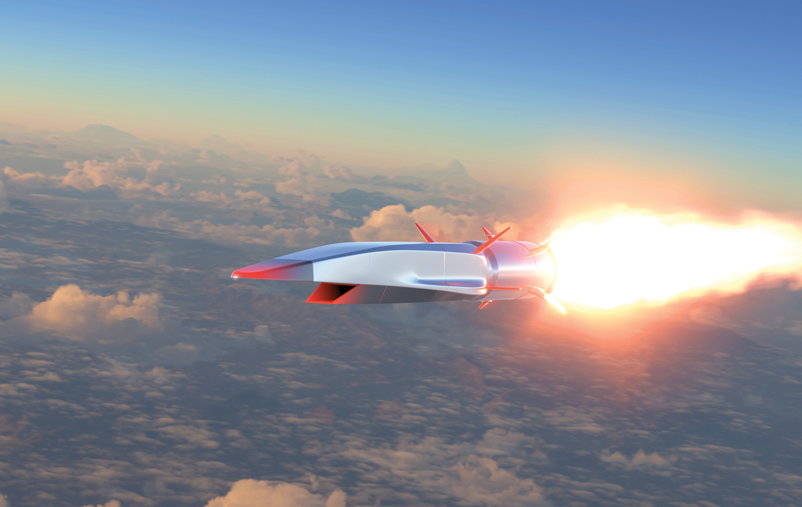
Furthermore, these technologies boosted reconnaissance capabilities, and weapons of mass destruction, in addition to enabling the production of thousands of cheap missiles and a few undetectable intercontinental missiles with flexibility and survivability.
The world is heading towards a big leap in the production of weapons exceeding what we have witnessed in the past few decades, which would make weapons more formidable and dangerous than their traditional versions.
The Future of Missile Warfare
Recently, a new form of arms race has been unfolding between the most powerful countries in the world – the US, China and Russia- which could change the nature of future wars. This race has recently taken a feverish pace toward the development of hypersonic missiles characterized by higher accuracy compared to conventional missiles, according to an analytical study issued recently by the global information centre “Stratfor”. These hypersonic missiles can fly at least 5 times the speed of sound, making them much more effective than supersonic missiles.
This type of missile has many benefits, the most prominent of which is that its speed enables it to reach targets very quickly thus enabling it to penetrate the defences of the enemy before it can prepare to defend itself, in addition, it has a larger scope of destruction than conventional missiles.
Furthermore, its high speed allows for the launch of attacks over very long distances, moreover, guided hypersonic missiles are more accurate than conventional missiles and can be equipped with nuclear warheads.
The Future of Nuclear Weapons
Estimates of the size of the nuclear arsenal of each of the nuclear countries in the world vary from year to year, however, the status of Russia and the United States of America as the two largest nuclear powers remains unchanged, with both countries possessing a total of more than 12 thousand nuclear weapons.
The exact number of nuclear warheads is considered classified information by countries and is therefore a matter of guesswork.
The Federation of American Scientists estimates that Russia has 6,500 nuclear weapons, while the United States has 6,185 nuclear weapons and according to the Stockholm Peace Research Institute Annual Report 2022 and the Federation Of American Scientists (FAS) report, Russia and the US, each has 1,600 active strategic nuclear warheads.
The world is moving towards making great leaps in the production of weapons surpassing what humanity has witnessed in recent decades, including nuclear weapons.
Some American scientists in a research laboratory in California began working on the production of a new generation of nuclear bombs, and the first type of this generation is likely to be a hydrogen bomb that uses nuclear fission, with an explosive power equivalent to 1000 tons of conventional high explosive materials.
Furthermore, these nuclear weapons can be directed using lasers, which will trigger a thermonuclear explosion.
Those scientists are also looking to use these thermonuclear explosions as an alternative to conducting conventional nuclear experiments, as well as the use of solid hydrogen, which has an explosive power exceeding that of conventional explosives by about 30 times.
The production of these weapons is based on pioneering research and studies in the fields of astrophysics, nuclear physics and the physics that make up materials from their primary elements.
A scientist at the Institute of Scientific Research in Geneva said that this century will feature great advancements in unconventional weapon systems and that future weapons will feature enormous military advantages, as they will not emit large amounts of radiation.
The Future of Air Warfare
Most of the developed countries of the world seek to provide their people with the latest technology and information while trying to fortify themselves with all political and economic means, the most important of which is the military, which was and still is the focus of attention of most countries including Russia and the United States.
Recently, the US saw the establishment of various future schemes, that would reconfigure an air fleet from scratch and rebuild it based on the highest levels of current electronic scientific development as well as future scientific innovations. This will be achieved through the special work of the Defence Advanced Research Projects Agency (DARPA), under the direct auspices and funding of the Pentagon, with the help of other specialized companies.
Furthermore, The US seeks to make updated versions of the current aircraft with a forward-looking vision that would enable it to face the challenges of the coming years.
This constitutes an announcement from all American military institutions that they will not continue to use equipment that they consider to be obsolete.
The Future of Ground Forces
Even though the most well-known advanced military applications have been in the fields of drones and missiles, it is expected that the Autonomous Armored Combat Vehicle, commonly referred to as RCV, will represent a quantum leap in future ground battlefields.
This robotic combat vehicle is a small, heavily armed, unmanned tank that can operate independently or alongside manned vehicles, according to the American “Popular Mechanics” magazine. Given their cheap price and ease of operation, these robotic tanks are likely to play a pivotal role in the future of armoured vehicles, which is exponentially increasing in cost.
The Estonian company Milrem, which specializes in manufacturing robots, unveiled a combat vehicle, which is a small main battle tank armed with a 0.50 calibre machine gun to support infantry divisions. The new robotic tank is 6 metres long, 3 metres wide, 2.2 metres high, and weighs 12 tons, making this type of tank light enough to be dropped from transport aircraft such as the C-130J Hercules or carried by a CH-47 Chinook helicopter.
This tank features a hybrid electric motor, diesel fuel and built-in batteries that allow one hour of silent driving or 24 hours of silent surveillance.
Furthermore, it is fitted with rubber tires instead of metal tracks for quieter operation, has a maximum speed of 80 km/h and can travel a distance of approximately 600 km on a tank of gas.
The tank is armed with a 25 mm gun, similar to the gun used in the AH-64 Apache attack helicopters and its turret includes thermal imaging capabilities with 360-degree remote viewing technology, in addition, it can be fitted with anti-tank guided missiles.
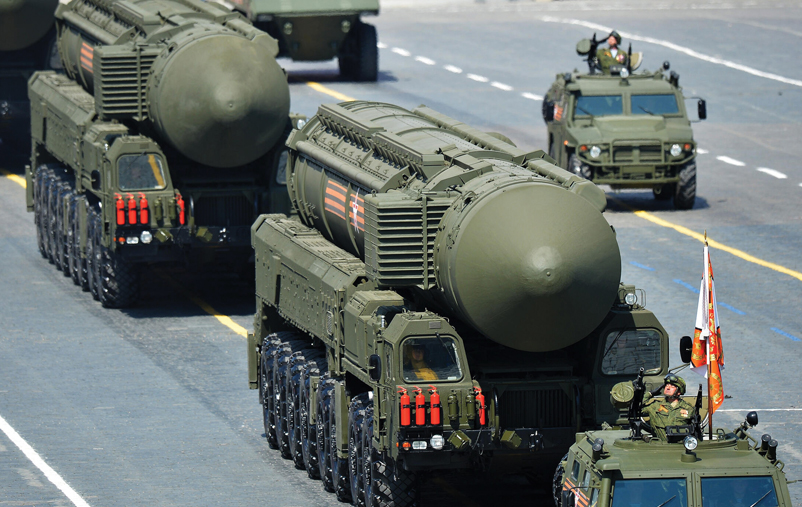
The Future of Warships
The modern trend in ship design will produce future ships featuring many advantages that are not available in displacement ships that have large defects that have not been eliminated, some of which are technical while others are material.
However, attempts to overcome and remove defects are made one after the other and it has finally begun bypassing the traditional forms of displacement, which diminishes the speed of ships as a result of wave resistance, limiting their speed to 40 knots or less.
Despite the use of various types of modern propulsion systems, modern studies and extensive scientific research seek to develop designs for future ships with new innovative composite materials, featuring new shapes and structures mixed with imaginative creativity, capable of double the speed using fluid mechanics and the development of marine propulsion systems.
Therefore, future warships will feature more efficiency and less operational costs, as well as a smaller crew compared to current ships, with automated operating systems subject to standards and specifications that take into account operational and safety requirements. These specifications will meet the requirements of the future naval war based on the real-life lessons learned as well as scientific analyses and studies, and unmanned and remotely operated vehicles will have a major role in carrying out various tasks, furthermore, each of these ships can be transformed into a specialized ship according to the assigned task.
The persistence of marine research and studies regarding marine media indicates that their implementation and use are imminent and that is the result of studies and research conducted by specialized and highly qualified cadres to develop appropriate solutions within the framework of a general plan rooted in scientific planning for upgrading the naval forces, while most navies of third world countries are still suffering under the mentality of qualified cadres with operational courses that cannot even absorb and sustain technology and rely on foreign experts, with plans and programs set by unqualified assistants.
Thus, these navies lose their naval vessels one after the other because of the lack of planning, research and development.
The 21st century will see many innovations and naval technologies, as well as the development of naval vessels with technical and mobilization specifications that are completely different from what we have today, which will affect the nature of naval armed conflict, as studies and analyses confirm that future conflicts will occur near the coasts and in narrow seas, thus coastal states will be on the defensive.
The acquisition of off-the-shelf technology, the mutual interests between industrialized countries and the change of attitudes will affect the exported technology, as exporters never sell technologies that match theirs in terms of combat efficiency, which makes self-reliance and conducting research and development projects a necessity to keep pace with progress in the naval field.
Stealth Naval Vessels
The use of stealth naval vessels like the stealth French frigate “La Fayette”, will expand, as such a vessel cannot be seen from any direction, because its structure is much larger and less regular than a plane.
Furthermore, this frigate can reduce its radar cross section to a level that can mislead anti-ship missile systems, so that the ship’s radar signature becomes smaller than the decoy targets that it launches if it is attacked, making the decoy more attractive to the missile than the ship itself.
Moreover, Japan will produce the Yamato ship based on the latest applications of superconducting materials.
One vessel has already been built that can run on electromagnetic energy, using completely new engines, with a length of 30 metres, a draft of 5.2 meters and a weight of 360 tons. In general, stealth will be one of the main features of naval vessels this century.
The Future of Global Command and Control Systems
The emergence of advanced technology in all military fields and advanced armament systems gave great importance to the role of command and control systems in the modern battlefield and their continuous development.
Command centres are a key element in command and control systems and the ability to control the various subordinate commands and make decisions promptly are two of the most important signs of their development.
However, this can only be achieved through the collection and processing of the necessary data and information to study the situation and make appropriate timely decisions.
This requires the use of various computers to process data and information and relying on various modern displays and large screens that enhance situational awareness on all levels and command and control systems. In addition to command centres, command and control systems rely on sensors and means of data transmission.
These sensors have seen great development today in light of the tremendous progress in microelectronics and have become integrated into sensing systems used in air, land, or space, covering a large spectrum from visible light to microwaves to radio waves..etc.
Furthermore, the capabilities of computers have increased greatly to meet the demand for processing huge amounts of data, going beyond their traditional role limited to the tasks of saving and retrieving data, performing calculations and controlling screens and even attempting to apply the ideas and methods of “artificial intelligence”, which brings us to the technical methods necessary to secure computer systems from interference or electronic sabotage.
As threats evolve so does the thinking behind command and control, especially with the emergence of ballistic missiles and space weapons, in addition to the possibility of using nuclear and directed energy weapons, and as the threats took on new forms, the need for special specifications for modern command systems became clear, the most important of which is reliability, consistency and survivability.
Furthermore, the basic components of modern automated command and control systems evolved into airborne sensors with special specifications and communication systems that continue to work despite the enemy’s actions, including nuclear bombing.
However, with the emergence of artificial intelligence, automated command and control systems are expected to automatically assume many tasks to reduce the mental burden on the controllers, such as comparing information, assessing warning priority, evaluating the situation, following up on hostilities, and even making decisions.
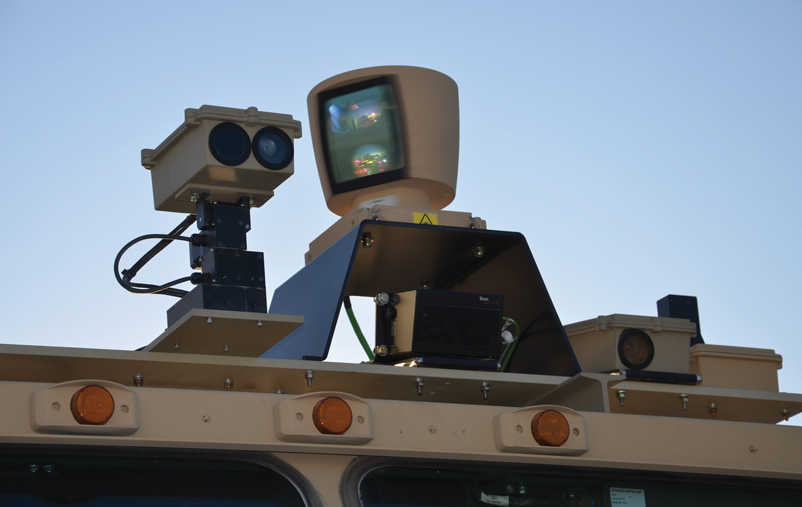
The Future of Deception and its Methods
There has been a global interest in the technological concept of deception and its applications, which constitutes a top priority for many of the countries of the developed world, giving detection and warning systems great importance.
Therefore deception has emerged as one of the main ways to surprise the enemy at every level in the conflict and its various stages, up to armed conflicts, whether in the stage of preparation for the armed conflict, managing the conflict, or imposing your will on the enemy after the conclusion of the conflict.
The continuous and massive development in the methods of reconnaissance, electronic warfare and other means of obtaining information has made it extremely difficult to conceal the combat conditions and actions of forces, thus making deception more difficult.
However, this only increases the importance of deception in future war operations, highlighting the need for the continuous development of deception methods, to achieve success in upcoming war operations.
The ways and means of deception have been developing for a long time, as all wars are based on deception, for instance, it is better to pretend to be powerless before attacking whenever possible and act like you are still while mobilizing forces.
Similarly, it is best to deceive the enemy into thinking you are far as you get close and vice versa.
The greater the development in the means and systems of detection and warning, the more the planner must focus on planning and organizing deception to achieve the goal of destroying the enemy with the least possible amount of losses and in the shortest amount of time.
Electronic deception means and systems do not require cutting-edge technology or a large cost equal to the technology and the cost required for actual arming, which makes passive deception a vital weapon for countries that do not have the necessary technology for arming.
Conclusion
Recent years have witnessed a remarkable shift in the military policies of countries and their methods of preparing their armies for defence and attack so that the world is anticipating what future wars and their equipment will be like.
» By: Dr Moeen Ahmed Mahmoud
(researcher in political & strategic affairs)


